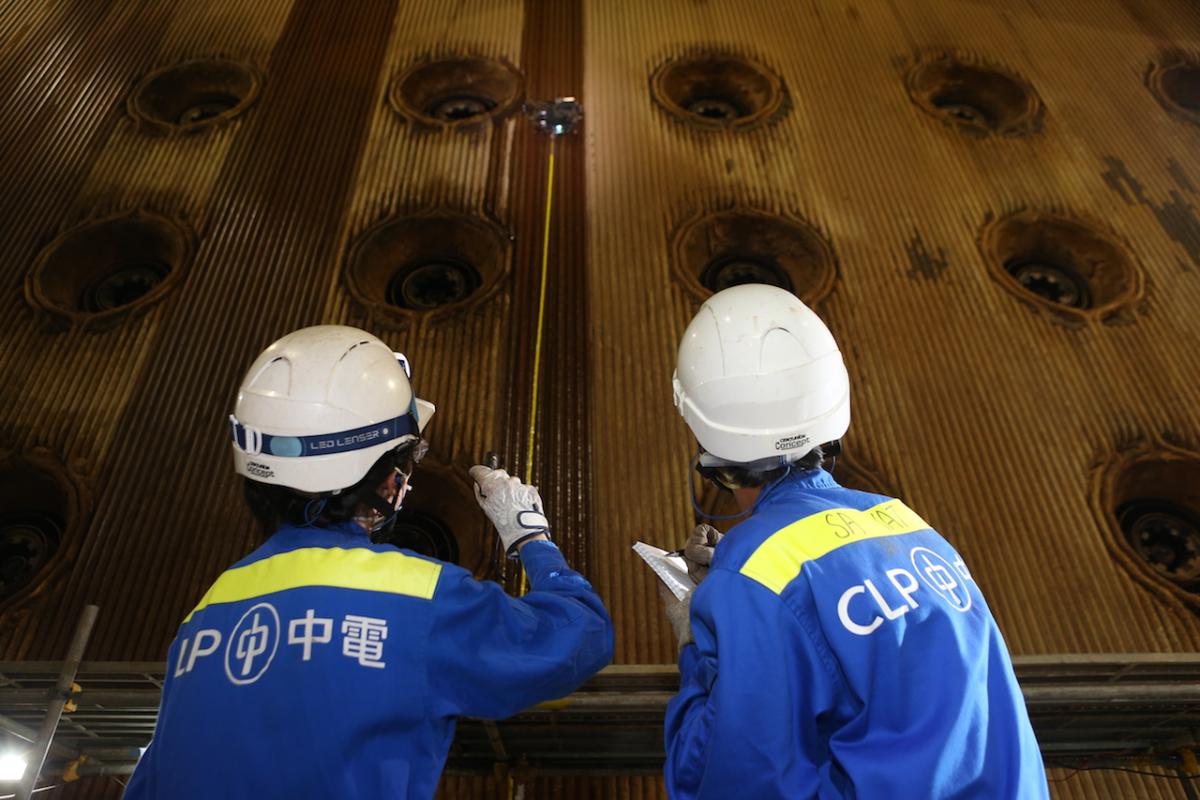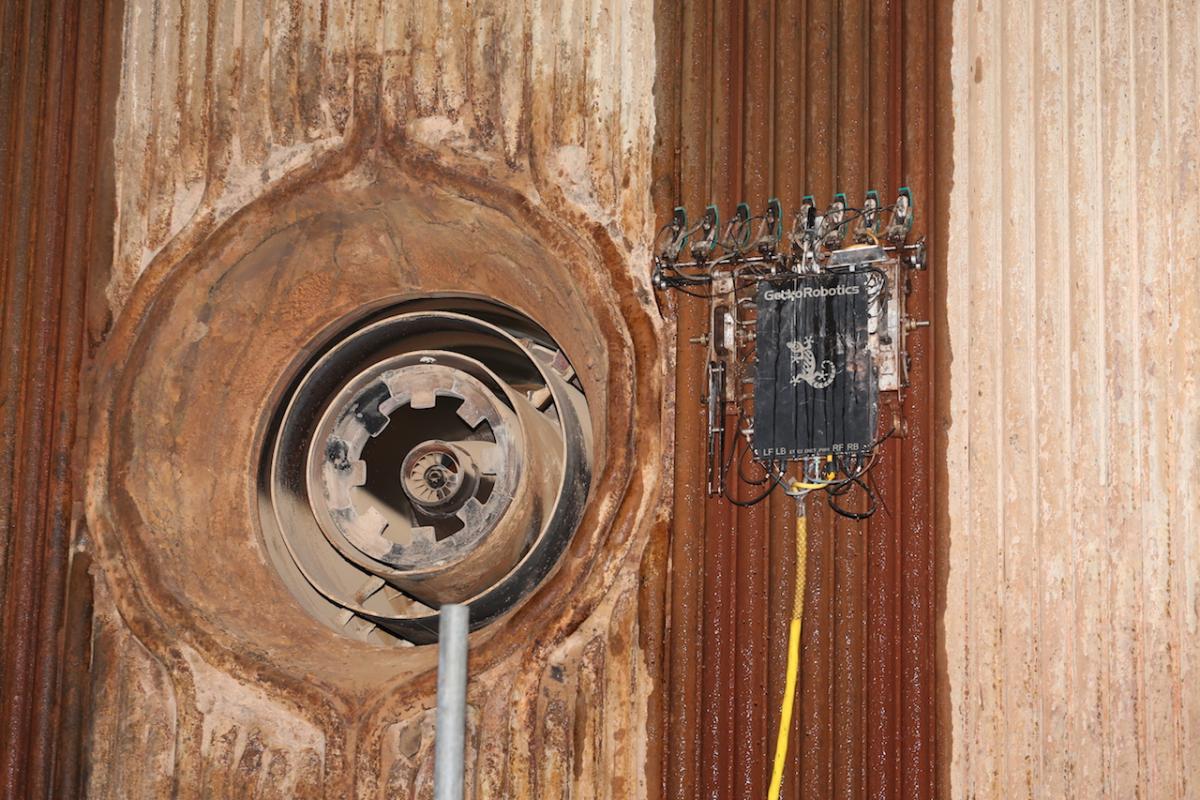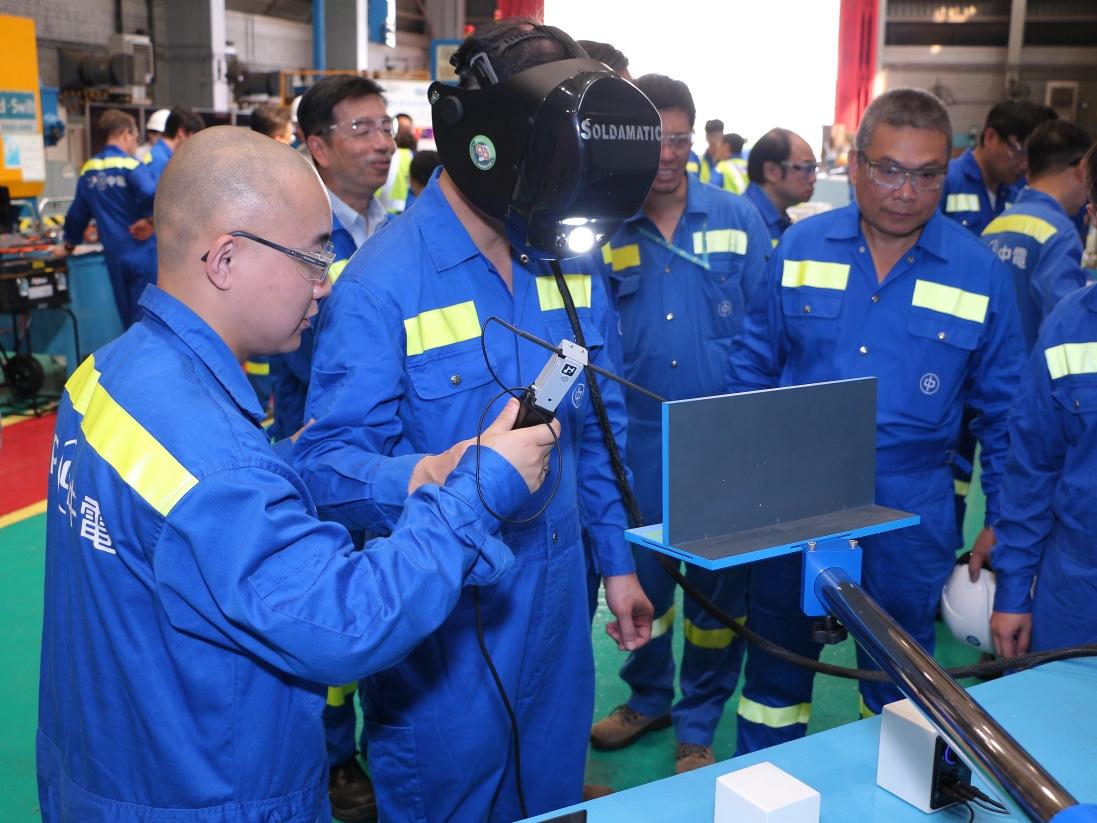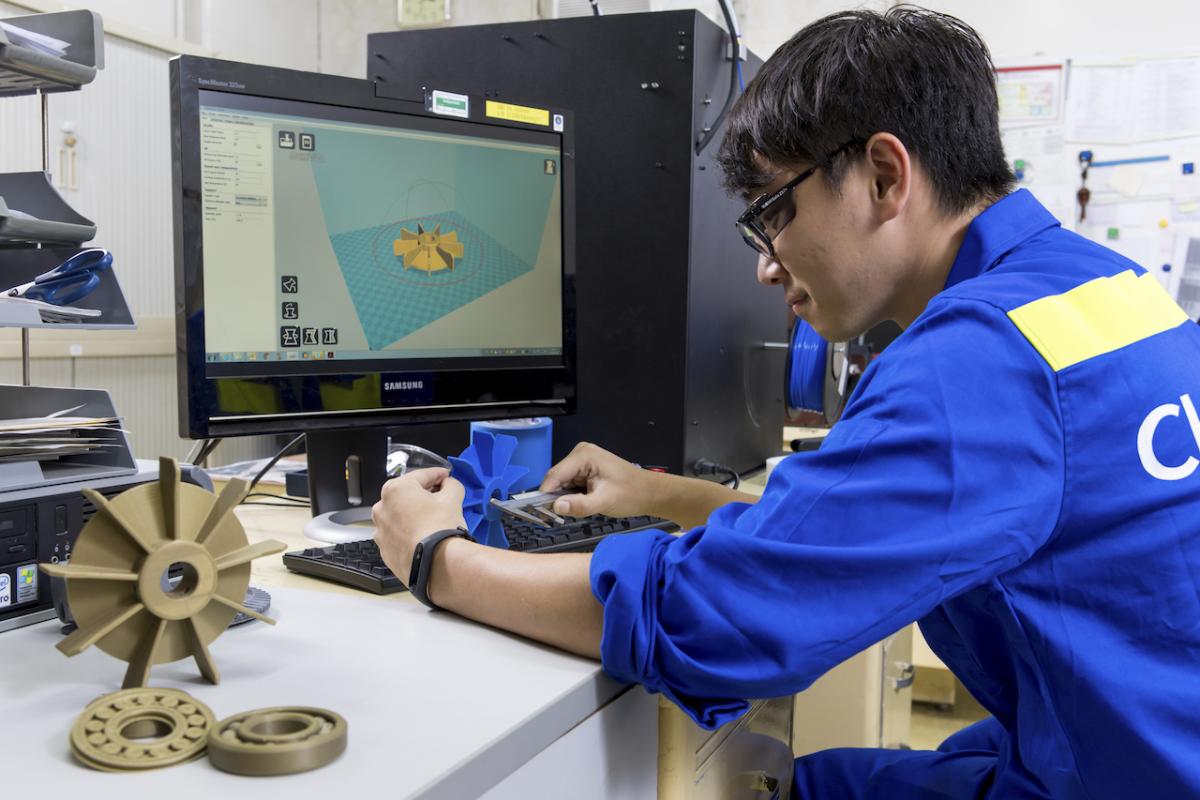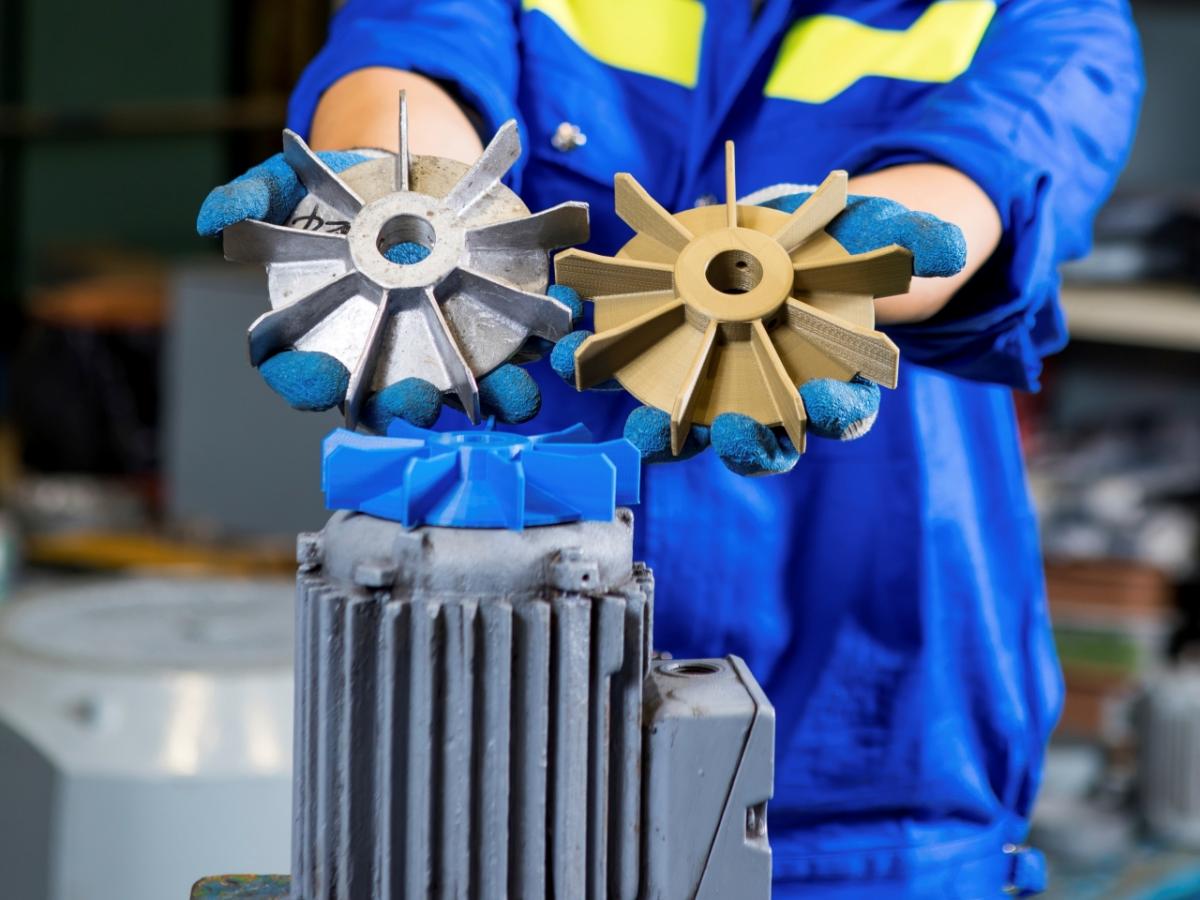Our All-Action Heroes Engineer an Incredible Future
Where can you find a “Spider Man” robot, an augmented reality welding simulator teacher and a futuristic printer? They are not part of sci-fi movies but are handy tools at CLP’s Generation Business Group (GBG), where a host of innovative solutions have been devised to further improve our operations, safety level, and training.
Frontline engineers and other employees at GBG have for more than a year researched cutting edge technology to enhance the operation of our older power plants and to streamline work processes. While we are investing in lower emissions generation technology, it is important to keep our baseload machines performing as well as possible during the transition to a low-carbon future. Some of the technology we are using can not only boost efficiency, but can also save lives.
“Our goal is to apply the best available technology and ideas in our operation to make sure that our generation fleet performs at the highest standard. This is a part of our innovation journey as we look for practical and cost-effective solutions – big and small – that can be adopted seamlessly into our system,” says Lo Pak Cheong, CLP Power Senior Director - Generation.
“Spider Man” to the rescue
To generate electricity, a boiler turns water into steam to drive turbines. Traditionally, boiler inspections are done manually by engineers, who would check water tubes for weak spots and use ultrasonic devices to measure the thickness of the tube walls to detect corrosion and erosion. But manual inspections are costly and time consuming because engineers have to use scaffolding or suspended platforms to reach the boiler. They may also be exposed to danger when working at height and in confined spaces. With the use of a robot, engineers can work safely on a more secure platform.
“Our boiler is as tall as a 30-storey building,” says Kelvin Sa, a member of the boiler inspection team. “With a robot that can crawl up the boiler wall in no time like the ‘Spider Man’, we can significantly reduce the use of manpower and improve our safety level.”
An added advantage of a robot check is the greater coverage it can achieve. Manual inspections can sample only 5% of the water tubes because of the huge areas involved. A robot, on the other hand, can do 10 times more because it can work continuously and complete the task faster.
GBG engineers are considering other applications such as underwater inspection of discharge outlets and welding. For example, a mini robot could probe inside water tubes.
“We now use a ‘Spider Man’ robot to inspect water tubes from the outside. We are researching if we can find an ‘Ant Man’ to go inside tubes for inspections. We have been in touch with some local companies and universities to see how feasible this is,” says Kelvin.
From virtual to reality
Augmented reality (AR) is another new tool introduced by GBG engineers to enhance training and safety. To become a welder in Hong Kong, it generally takes years of learning through apprenticeship. Few young people would join the industry for fear of harsh working conditions and a less-than-glamourous social status.
GBG introduced AR welding training after some CLP welders experienced such training for the first time during a competition in Shanghai last year. After the trip, the company carried out further research and later installed an AR training system at Castle Peak Power Station.
The system simulates welding in an AR environment, combining efficient and cost-effective classroom learning with hands-on welding experience. It also enables beginners to learn the skill in a safe environment. “The heat and the sparks generated by welding are not for the faint-hearted. The system makes it easier for beginners to overcome fear,” says GBG engineer Wong Ka Wai.
Close encounter of the third kind
Finding replacement parts for old machines is often a headache as many parts are no longer produced. This is especially true for power plants where generators and equipment normally run for decades.
GBG engineers first experimented with 3D printing in December 2016. Since then, they have applied it in making parts for cooling fans, switches and insulators.
“We research the relevant quality standards after making the prototypes,” says Technical Assistant Tommy Yeung. “This is important because every part we use must meet the industry standards for safety reasons.”
Tommy is confident that 3D printing has great potential and looks forward to its wider use. “As well as making replacement parts, we can enhance the parts by applying our structural engineering knowledge so that they can further facilitate our work,” he says.
To learn more about CLP’s connection with society, please check out the latest issue of CLP.CONNECT.

